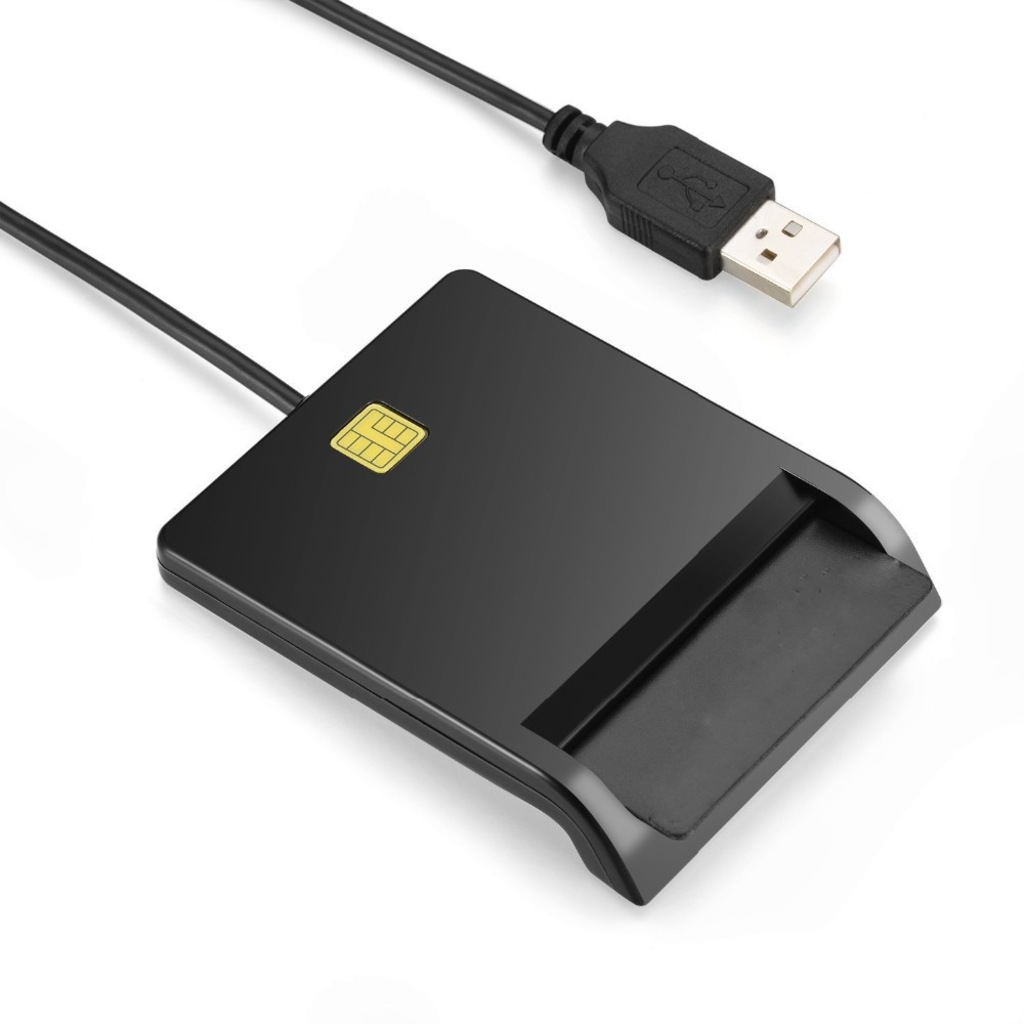
The second PIN is only required due to peculiarities of the ISO-7816 standard gpg tries to keep this PIN in sync with the first PIN. gpg makes sure that the two numbers are synchronized.

The first and second PIN are for the standard PIN. They are reset whenever a correct AdminPIN is entered. They are decremented whenever a wrong PIN is entered. This field saves how many tries still are left to enter the right PIN. The values are put on the card right after personalisation - this is the moment after the chip has been glued on the card. When set to "non forced", gpg may cache the PIN as long as the card has not been removed from the reader. When set to "forced", gpg requests the entry of a PIN for each signature operation. This is a field reserved for arbitrary data.

See the source (app-openpgp.c) for some special features of the login-name field. gpg does not enforce any match of this name with a name used in the key. This field may be used to store the account name of the card holder. It may contain an URL to be used to retrieve the public key. Used by the fetch command of gpg -edit-card. Only plain ASCII characters are Allowed here. ManufacturerĪ unique number for all cards from this manufacturer. This is a unique identifier for any card.
#EV SMART CARD READER WRITER SERIAL#
This includes the type of the card, the implemented version of the specification, the manufacturer and the serial number. ACTION and DEVICE are passed via the hotplug mechanism. This script changes the permissions and the ownership of a USB device under /proc/bus/usb to grant acces to this device to users in the specified group. # In the usermap file, the first field "usb module" should be named # c) a Linux kernel supporting hotplug and usbdevfs # b) a group "scard" where all users allowed access to the # a) a line in the file /etc/hotplug/ermap that corresponds # Note that for this script to work, you'll need all of the following: # group you want to have access to the card reader.) # Sets up newly plugged in card reader so that only members of the

The idVendor and the idProduct can be figured out by calling lsusb. Match_flags is one of the given USB_MATCH_XXX options. Script states the script that should be run if a device matching the parameters is plugged in via USB. # SCR33x is CCID but without the proper CCID class # SPR532 is CCID but without the proper CCID class # flags V P Bcd C S Prot Clas Sub Prot Info # bInterfaceClass bInterfaceSubClass bInterfaceProtocol driver_info # bDeviceClass bDeviceSubClass bDeviceProtocol # script match_flags idVendor idProduct bcdDevice_lo bcdDevice_hi # The entries below are used to detect CCID devices and run a script # addgroup yourusername scard (change for the right username) You will now create a group scard, give this group permission to access the smart card reader, and include the users who should have access to the card reader to this group. # ln -s /etc/udev/les /etc/udev/rules.d/lesĪll the configuration files are in the right place and with the right permissions by now. # cp gnupg-ccid /etc/udev/scripts/gnupg-ccid # cd /home/directory/where/you/saved/the/file (change for the right path) Then you will have to move the files from the directory you have saved them to, to the udev configuration directories: On Ubuntu systems, you should run (and then you will be asked for the user > sudo su. Now, open a terminal and become root (you will be asked for your root > su.


 0 kommentar(er)
0 kommentar(er)
